
For junior Ben Auslander, typing on a computer has been a critical element of his education since elementary school.
“I remember learning to type through typing games with my friends and classmates,” Auslander said. “Computer science class showed the future of technology and emphasized the importance of being educated in typing. I’m glad I realized it so early.”
Auslander is not alone in his experience of typing-integrated education. According to an analysis conducted by the Pew Research Center of 2018 data from the National Assessment of Educational Progress, 58% of students use the internet at their home to do homework every day or almost every day.
However, many scientists believe that typing has some significant drawbacks compared to writing by hand. Although typing is a faster way to record information, a 2021 experiment conducted by Johns Hopkins University found that writing by hand “produces faster learning and greater generalization to untrained tasks.” Because of the current science, there are holidays, such as National Handwriting Day which recently passed on Jan. 23, to spread awareness of the benefits of handwriting.
Despite the benefits of writing by hand, Auslander said he considers handwriting secondary to typing. Regarding learning in the classroom, Auslander said typing has its own benefits which, to him, outweigh the drawbacks.
“Although it’s more beneficial immediately to write by hand for internalizing information, because it takes longer, I’m not really able to write as much information as I am on the computer. Going over my notes again also tends to be easier if I’m on a computer instead of paper and pencil,” Auslander said. “Although handwriting will always have a creative niche, there’s just not always a place in high school for that. There’s a time and place for handwriting, and a time and place for typing.”
In her classes, Mary Lynne Halfmann, creative writing and honors English 9 teacher, said she emphasizes the importance of writing by hand. To her, writing by hand is more valuable than typing even in a learning environment where typing is dominant.
“I first saw the issue really come up about 20 years ago when computers started taking over a little bit. I gave a test on the computer and the scores were a letter to two letter grades lower. The change in quality of the writing and the lack of critical thinking was shocking,” Halfmann said. “I also had a friend who is a published writer come talk to one of my classes, and she was talking about if you have writer’s block, one easy way to get rid of that is just to take pen to paper and just start writing. You can just doodle; you don’t even have to be writing words. It engages your brain in a way which helps ideas come that typing cannot.”
Despite his preference for typing, Auslander also said he recognizes the importance of handwriting and understands handwriting is becoming less prevalent. However, he said the amount of written and typed schoolwork is still balanced in the classes of this school.
“Classes such as AP Seminar that have hour-long timed writes are right in still prioritizing handwriting. However, for other classes like principles of business management, which are much more technology-based and have so much to do online such as presentations and infographics, typing is more important,” Auslander said. “In the classes I’ve been in, they’ve all had a very fair proportion of handwriting to typing.”
Other students said they are more supportive of handwriting. For sophomore Allison Shen, writing by hand is applicable in most, if not all of her classes. Shen said her opinion on whether or not writing by hand is appropriate depends on factors such as the length and formality of the task she is completing.
“I’ve found that while typing out notes is really useful, when it comes to committing things completely to memory, I often revert back to paper and pencil. I feel like actually writing out things makes concepts much easier to visualize, and the addition of possible distractions on computers are easier to be avoided with just the “primitive” paper and pencil aspect,” Shen said. “On the other hand, if (the assignment) is a more formal essay needing many periods to work on, the online assignments would definitely be a better choice.”
Tony Dunham, AP Capstone Seminar and AP English Literature and Composition teacher, said handwriting is situational because the balance between handwriting and typing is a result of the standardized curriculum deciding how a class should use typed and handwritten assignments.
“At least for the classes I teach, where we have process work and timed assessments, the curriculum kind of naturally balances itself,” Dunham said. “But as a society, I think we’re shifting away from handwriting. I think the reason why I hold onto it is because the AP exam has been given paper-pencil all these years. There are initiatives within the College Board by 2025 to go digital with all the assessments. Next year, I don’t know if we will do those timed assessments handwritten in class because the main reason we do them is because the exam is on paper.”
Dunham also said he does not anticipate any shift to a typed AP test format to drastically change test scores.
“I feel like it’s kind of a trade-off because kids can write more (digitally). On some exams, such as the AP Literature exam, it’s better to write more to cover more of the text and increase your score based on the rubric. I don’t think it would necessarily improve their grammar or writing skills,” Dunham said. “However, when you write by hand on the exam, there is a sense of permanence which makes students think more about their writing which could help their score.”
Because the curriculum has a significant impact on the method of teaching and nature of the work assigned in the classroom, Halfman said changing the curriculum is the most effective way to introduce the positive impacts of handwriting into the classroom.
“Students are going to do their schoolwork the way they want. As teachers, we need to instill the value of handwriting by changing the way we teach,” Halfmann said. “I think it needs to trickle down because not all students are aware of the benefits of handwriting. Students need to be taking notes by hand and not with a keyboard. Their memory is better served when they handwrite. When students handwrite, they are feeding their brain and not a computer.”









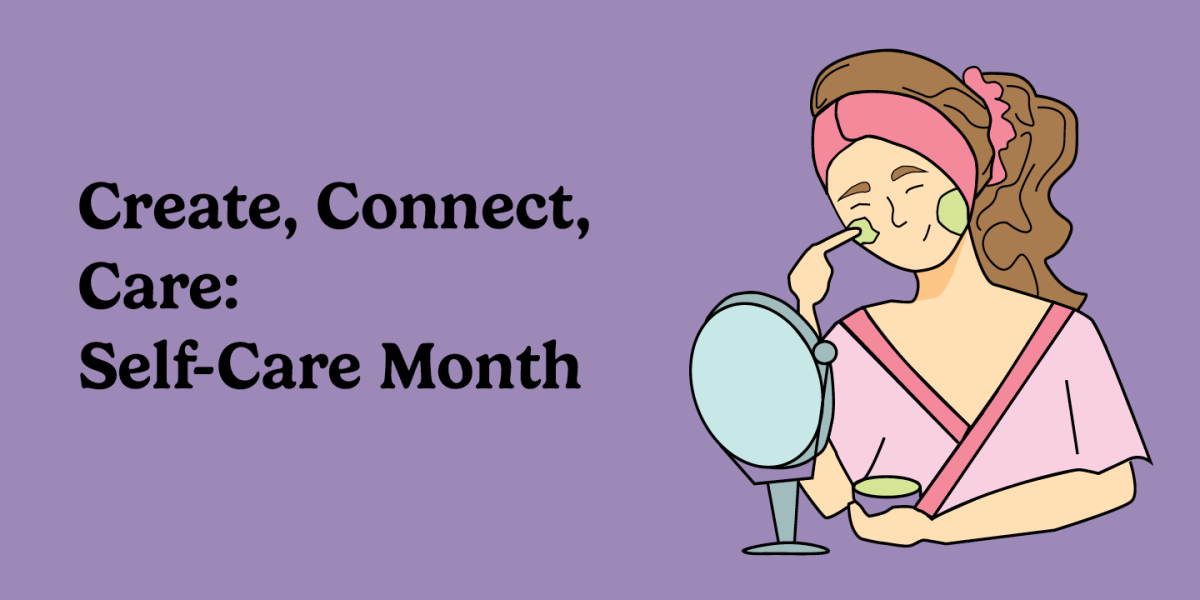











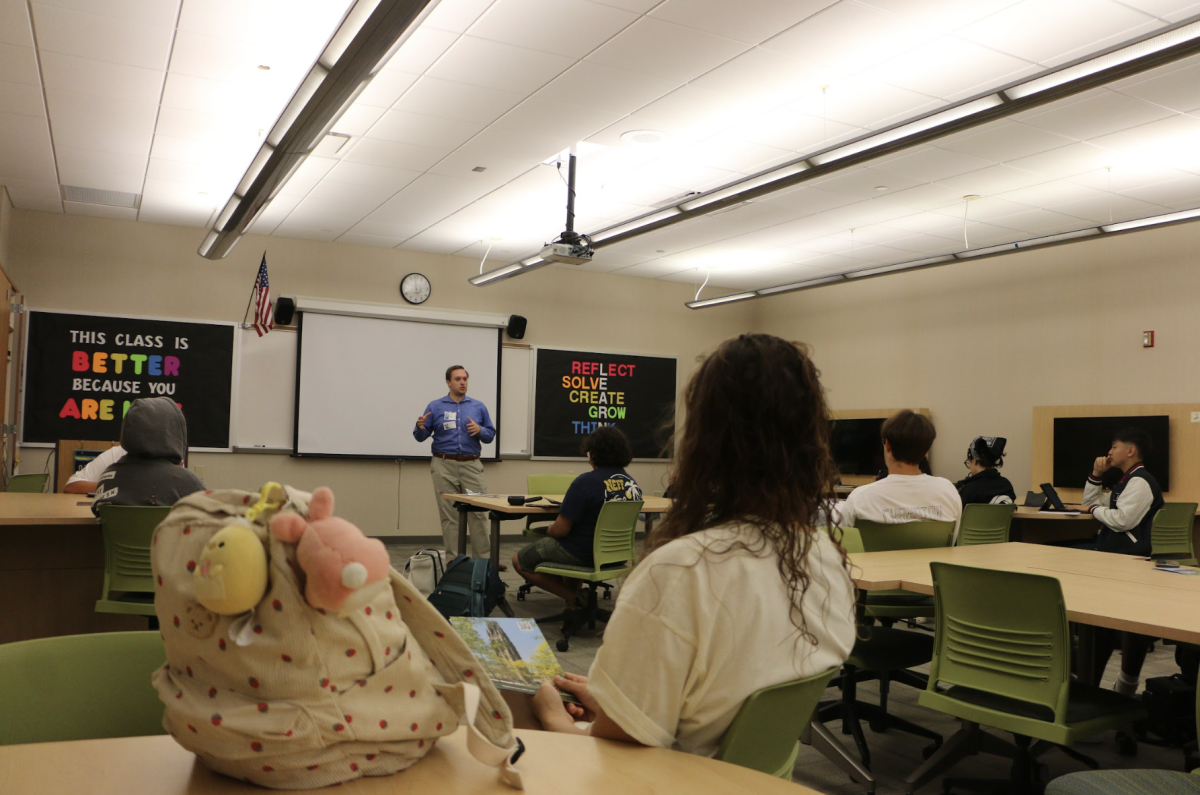


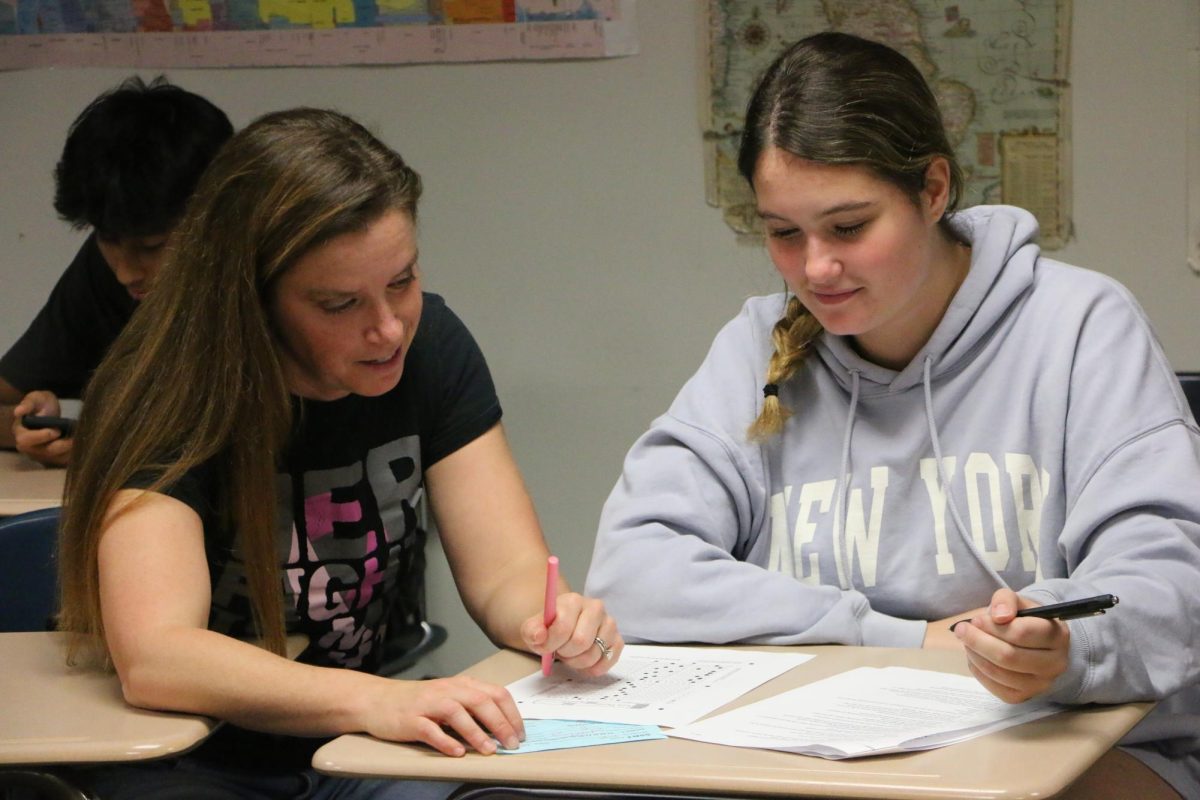




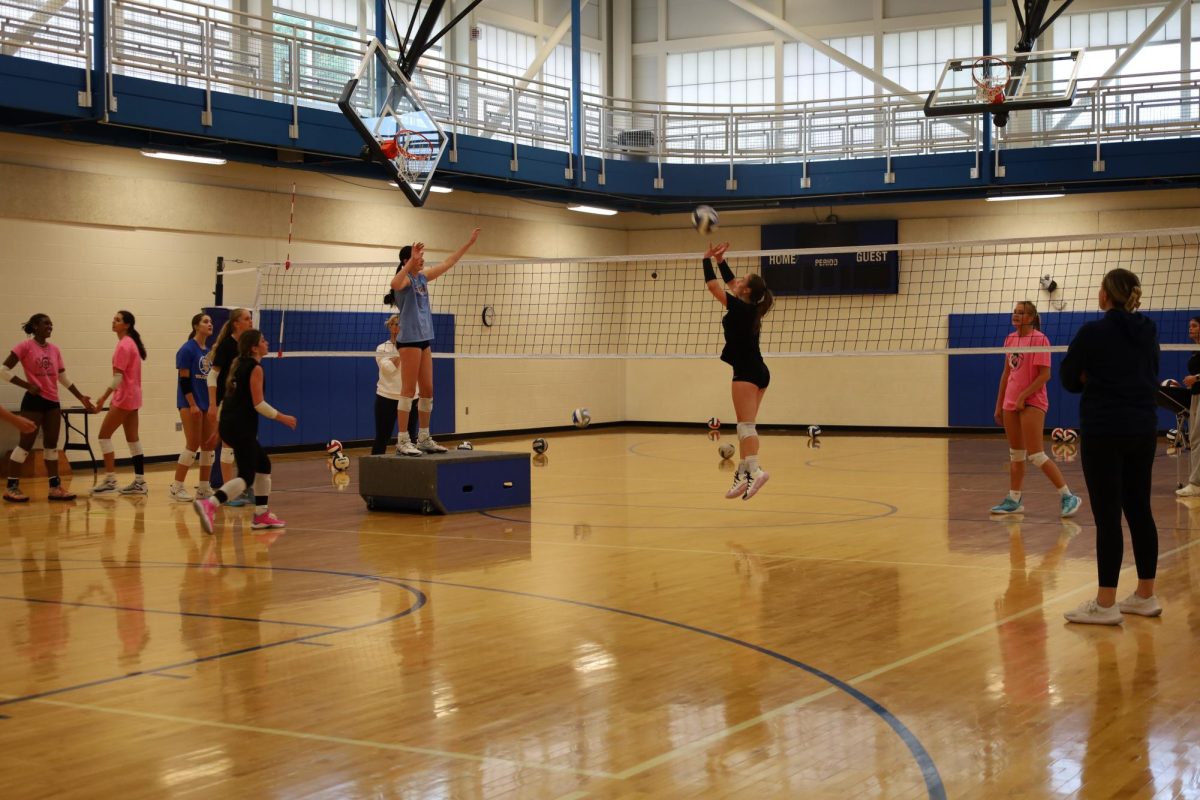

!["Wicked" poster controversy sparks a debate about the importance of accuracy versus artistic freedom [opinion]](https://hilite.org/wp-content/uploads/2024/11/riva-perspective-cover-1200x471.jpg)


![Chilling or Childish? The downfall of modern horror movies [opinion]](https://hilite.org/wp-content/uploads/2024/10/adjusted-horror-cover-1200x471.jpg)
![“Uglies” is a call for change in the YA dystopian genre [opinion]](https://hilite.org/wp-content/uploads/2024/10/Perspectives-Cover-1200x471.jpg)


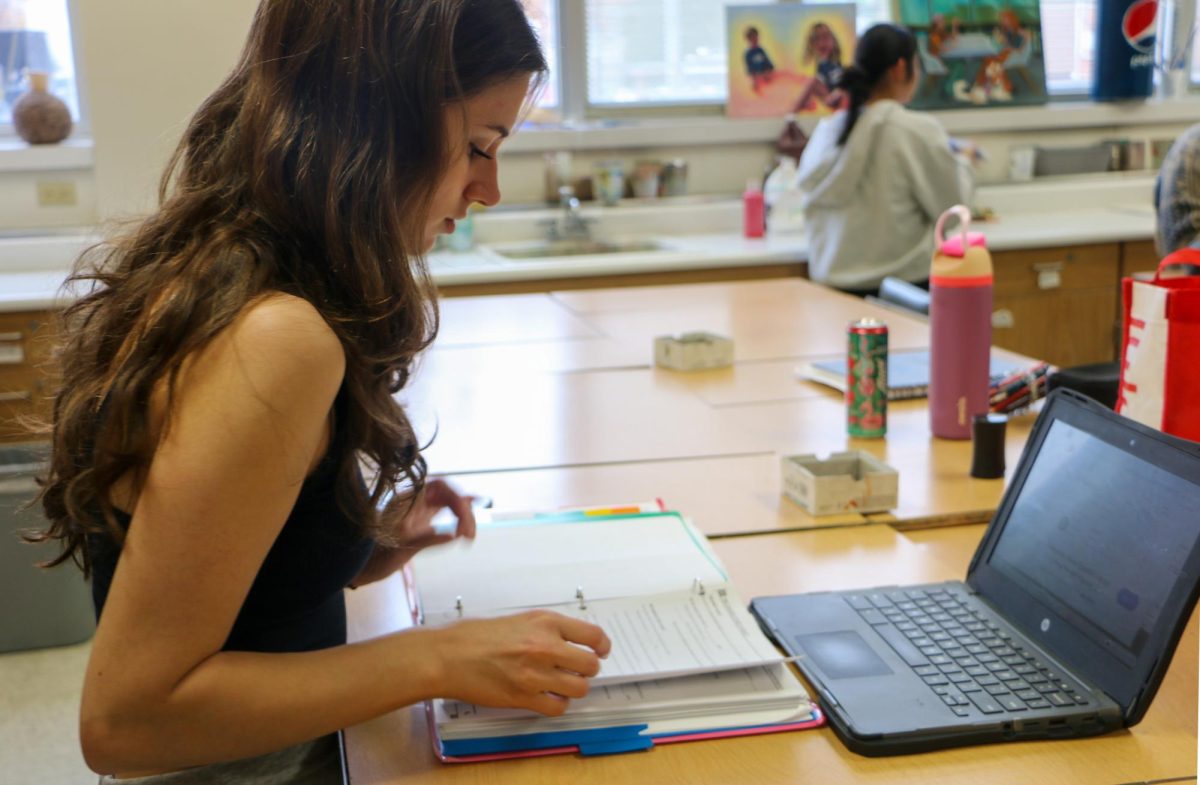

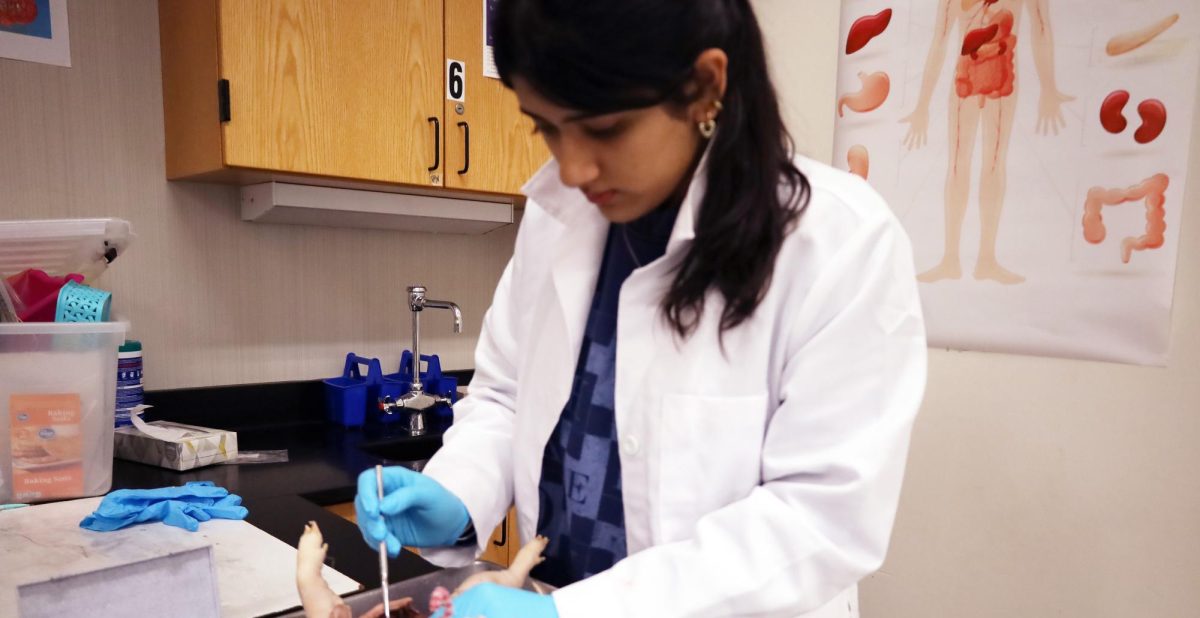






























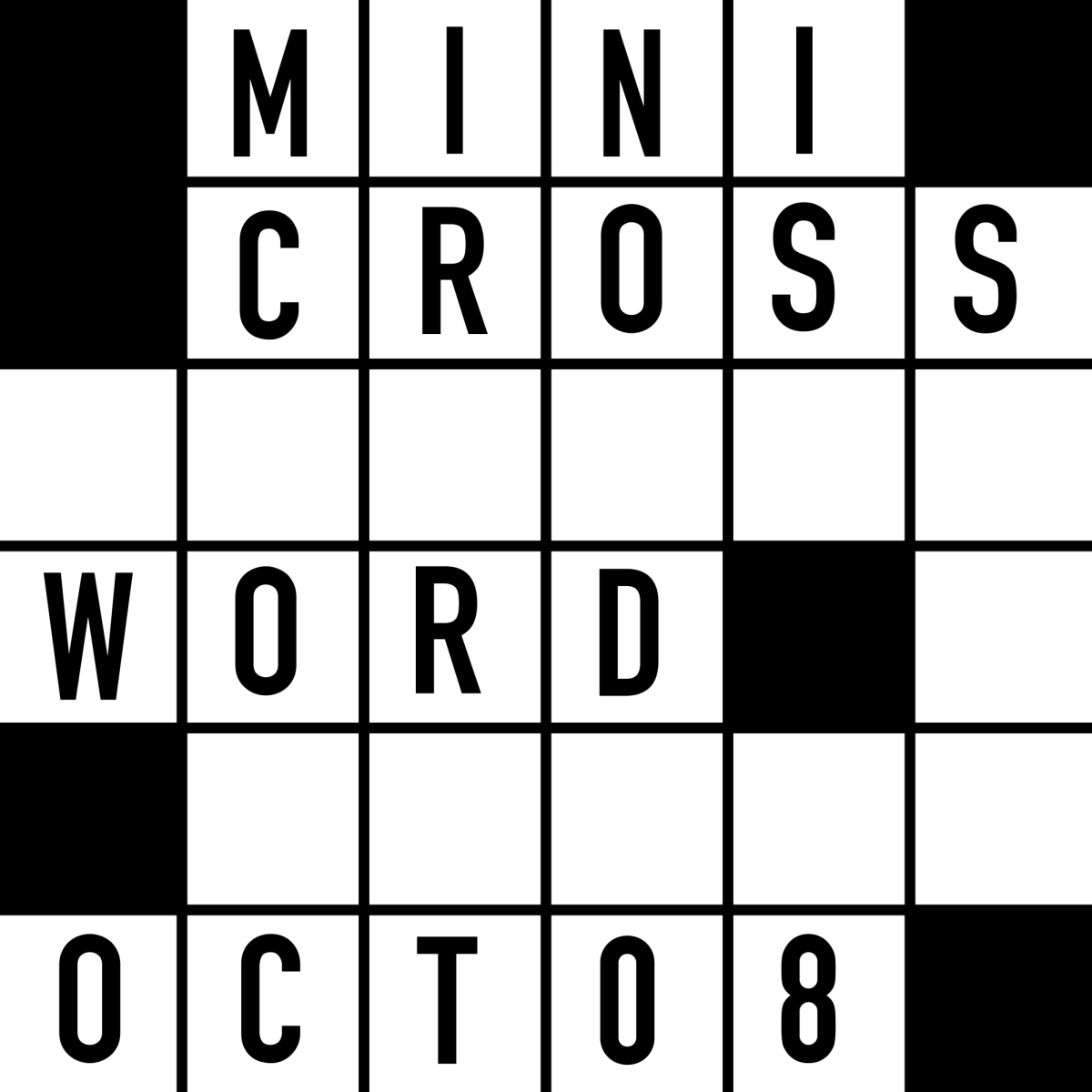


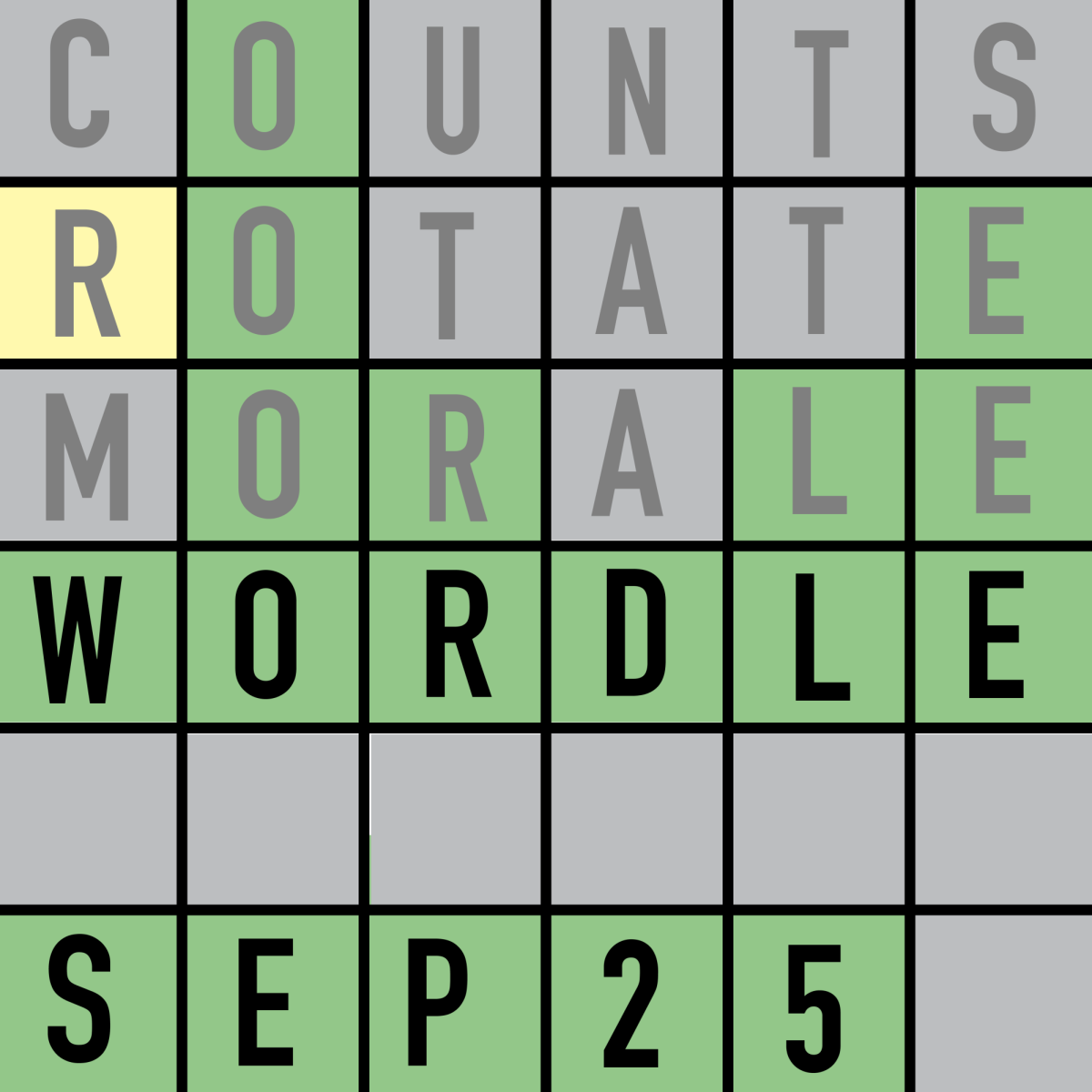





![Review: Indy Scream Park is a perfect level of spook to kickstart the Halloween season [MUSE]](https://hilite.org/wp-content/uploads/2024/11/IMG_1383.jpg)
![Review: “Saturday Night” is a chaotic and thrilling look at the origins of “Saturday Night Live” [MUSE]](https://hilite.org/wp-content/uploads/2024/10/snl-1200x800.jpg)
![Review: “Megalopolis” is a bold, bewildering mess [MUSE]](https://hilite.org/wp-content/uploads/2024/10/MV5BYTk3MjUzMGItYmU1NC00M2YyLThmNDMtNDI4NjkxNjgzMjQzXkEyXkFqcGdeQXRyYW5zY29kZS13b3JrZmxvdw@@._V1_-1200x675.jpg)
![Review in Print: Maripaz Villar brings a delightfully unique style to the world of WEBTOON [MUSE]](https://hilite.org/wp-content/uploads/2023/12/maripazcover-1200x960.jpg)
![Review: “The Sword of Kaigen” is a masterpiece [MUSE]](https://hilite.org/wp-content/uploads/2023/11/Screenshot-2023-11-26-201051.png)
![Review: Gateron Oil Kings, great linear switches, okay price [MUSE]](https://hilite.org/wp-content/uploads/2023/11/Screenshot-2023-11-26-200553.png)
![Review: “A Haunting in Venice” is a significant improvement from other Agatha Christie adaptations [MUSE]](https://hilite.org/wp-content/uploads/2023/11/e7ee2938a6d422669771bce6d8088521.jpg)
![Review: A Thanksgiving story from elementary school, still just as interesting [MUSE]](https://hilite.org/wp-content/uploads/2023/11/Screenshot-2023-11-26-195514-987x1200.png)
![Review: "When I Fly Towards You", cute, uplifting youth drama [MUSE]](https://hilite.org/wp-content/uploads/2023/09/When-I-Fly-Towards-You-Chinese-drama.png)
![Postcards from Muse: Hawaii Travel Diary [MUSE]](https://hilite.org/wp-content/uploads/2023/09/My-project-1-1200x1200.jpg)
![Review: "Ladybug & Cat Noir: The Movie," departure from original show [MUSE]](https://hilite.org/wp-content/uploads/2023/09/Ladybug__Cat_Noir_-_The_Movie_poster.jpg)
![Review in Print: "Hidden Love" is the cute, uplifting drama everyone needs [MUSE]](https://hilite.org/wp-content/uploads/2023/09/hiddenlovecover-e1693597208225-1030x1200.png)
![Review in Print: "Heartstopper" is the heartwarming queer romance we all need [MUSE]](https://hilite.org/wp-content/uploads/2023/08/museheartstoppercover-1200x654.png)




